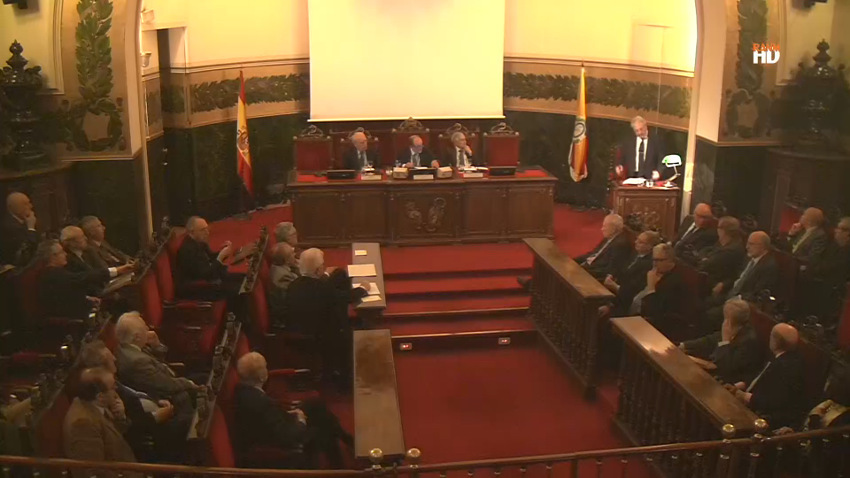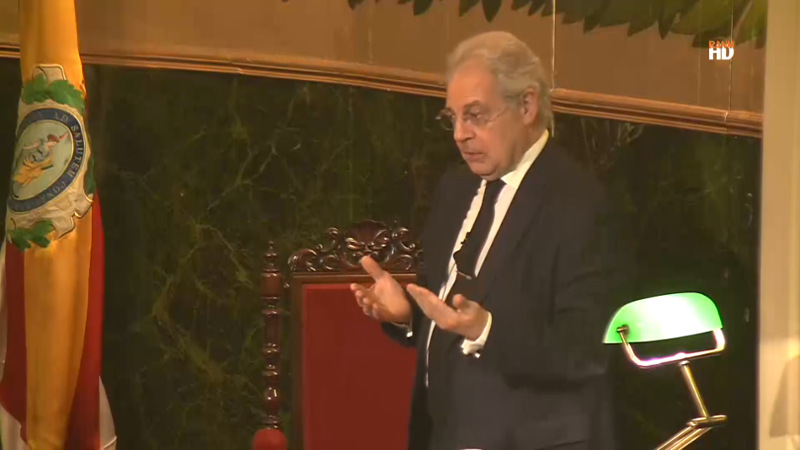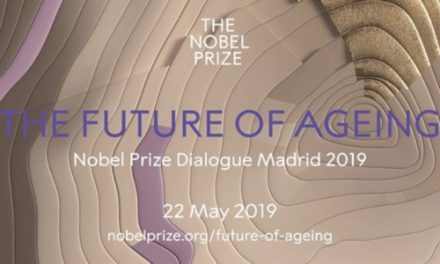Pedro Clarós, full academician and vicepresident of the Governing Board of the Royal European Academy of Doctors-Barcelona 1914 (RAED) and corresponding academician of the Spanish Royal National Academy of Medicine (RANM), delivered on March 20 at the RANM’s headquarters the conference “Integración social de los sordos 15 años después de su implantación coclear” (Social integration of the deaf 15 years after cochlear implantation), in which he highlighted how the advantages of this type of implants go far beyond the medical aspects and the recovery of hearing by of the patient.
Clarós’ study is based on 25 years of experience acquired and the follow-up carried out by the specialist himself since the Clarós Clinic, which he founded and directs, carried out his first cochlear implantations in 1993. Only patients with a history of inclusion were used as inclusion criteria, a deep bilateral hearing loss, acquired or congenital, and whose postoperative follow-up has been carried out for at least 15 years (patients implanted between 1993 and 2001). All patients were under 18 years of age at the time of implantation.
This has given a series of 220 patients, of which 83% have an acceptable level of language acquisition, have studied normally, their circle of friends is formed by boys and girls of their age with normal hearing, most have learned a second European language and has been integrated normally into the labour market. This is explained by the fact that 60.5% of them were under the age of five at the time of implantation. Regarding the implanted patients from eight to 17 years old (27.7%), all have a useful residual hearing. In this group, more than 50% of them have a stable job with a good social level.
“Cochlear implantation is currently a common practice and the best and most used therapy for severe to profound bilateral sensorineural hearing loss in both children and adults, mostly of congenital origin and is usually related to malformation processes If done at an early age, patients can achieve a good level of hearing”, explains the academician.





